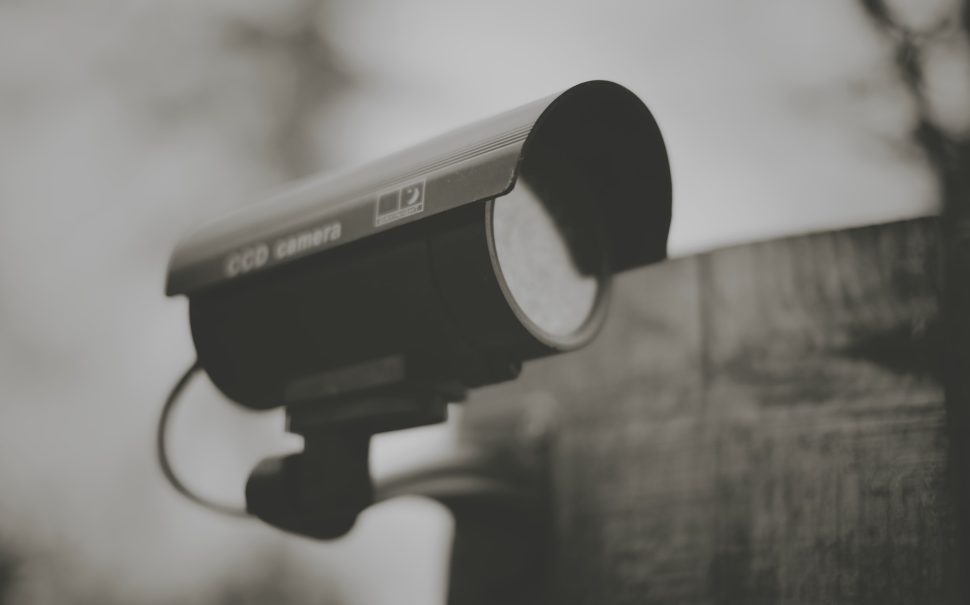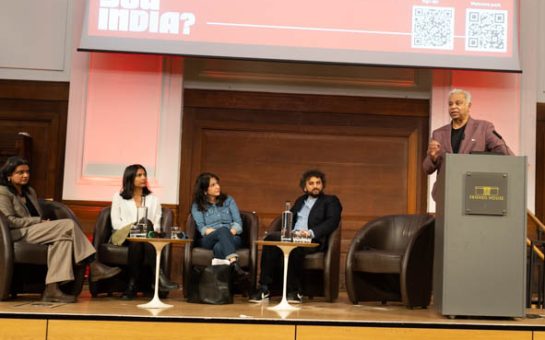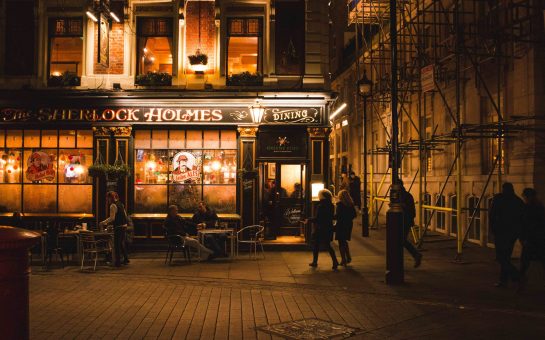The Met Police is looking to expand the use of live facial recognition cameras in London, with the capital’s most prolific shoplifters said to be the next target of this new technology.
Facial recognition technology uses artificial intelligence and algorithms to analyse information about a passer-by’s facial features, including the distance between the person’s eyes, nose and mouth.
In London, the deployment of facial recognition cameras in crowded thoroughfares is used to compare footage of members of the public with the Met Police’s database, including wanted criminals.
According to the Met, facial recognition technology can be used in a number of ways, but typically to help officers locate people on a watchlist, to use facial recognition software to confirm the identity of a person, or help identify someone who is unconscious or unable to communicate.
According to the London Mayor’s office, there has been a major increase of almost 40% in shoplifting between 2021/2022 and 2022/2023.
Despite it seeming an innovative solution to modern day crime prevention, several non-government organisations have raised the alarm about issues of privacy and racial profiling.
A representative of Privacy International, a London-based charity that promotes the right to privacy, said: “The roll out of such intrusive technology does not only pose significant privacy and data protection questions, but also ethical questions around whether modern democracies should ever permit its use.
“For example, the radical introduction of facial recognition technology will inevitably result in the normalisation of surveillance across all societal levels and the intrusiveness of facial recognition technology and the dangers associated with its potential abuse by the police call for robust safeguards and oversight governing its authorisation and use.”
In October, 149 suspects were identified using facial recognition cameras, after the Met Police asked 12 large retailers in London to provide images of recurring shoplifters who hadn’t been identified.
The Metropolitan Police has also highlighted the technology’s ability to lead to the swift identification of individuals and their arrest.
Apart from shoplifting, the Met says the technology can also be used to identify terror suspects and sex offenders, as well as individuals who have not appeared in court due to an existing offence.
In America, where the technology is also being pondered, a representative of the American Civil Liberties Union said that its research showed that there is a higher error rate when identifying people with darker skin tones.
The Met itself has published data regarding the number of false alarm alerts, and though the figure is low, it does raise concerns about false alarms mainly being regarding minority ethnic individuals.
In response to concerns about privacy, a spokesperson of the Metropolitan Police said: “Transparency is a key part of building trust and confidence within all of our communities. We are committed to being open in how we use facial recognition and we publish a vast number of documents that allows the public to see exactly how we use the technology.
“We know through independent testing carried out by the National Physical Laboratory that the algorithm we use for live facial recognition, at the setting we use it at, performance is the same across race and gender. The chance of a false match is a maximum of 1 in 6000 people who pass the camera.”
Public support for the use of this technology is high, but varies by age and ethnicity according to the Met’s 2021 Public Attitudes Survey.
by Leo LCThe Metropolitan Police spokesperson added: “The College of Policing sets out guidance for the deployment of live facial recognition technology to locate a person on a watchlist.
“Live facial recognition watchlists are specifically created for each deployment using intelligence and relate to specific crime types and not individuals. The watchlist is deleted at the end of the deployment.”
The survey also showed that though the respondents indicated that it was acceptable for the police to use facial recognition technology in areas of high crime and for processing, a smaller percentage found it acceptable for the faces of everyone in a crowd to be processed to find a single suspect.
It remains to be seen whether the success rates of using this new technology will hamper the concerns of members of the public and several organisations regarding privacy, racial profiling and growing rates of surveillance by the state.





Join the discussion